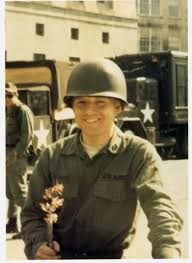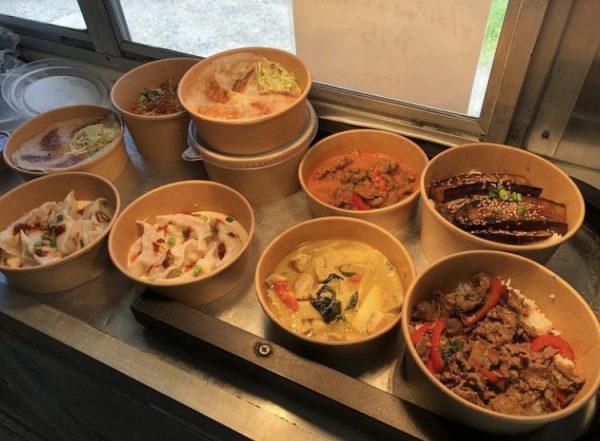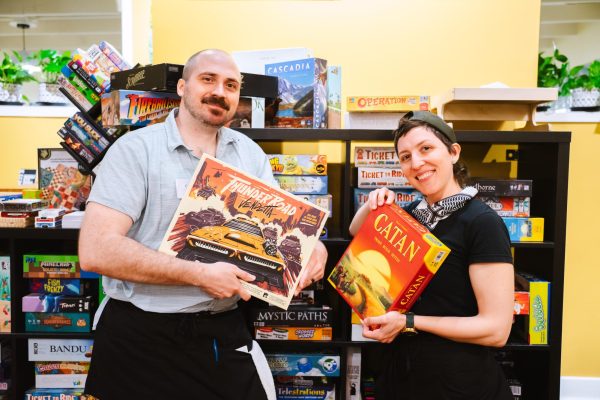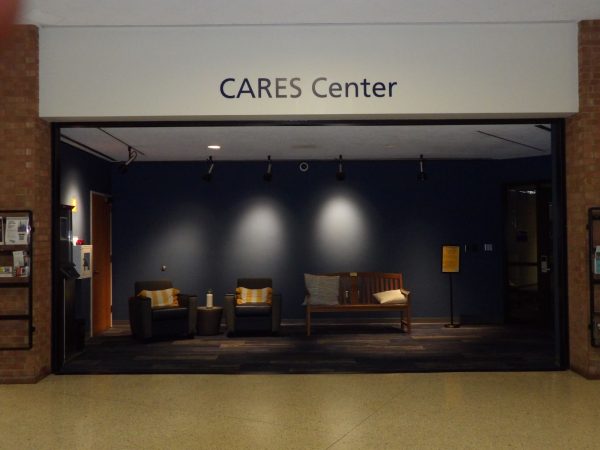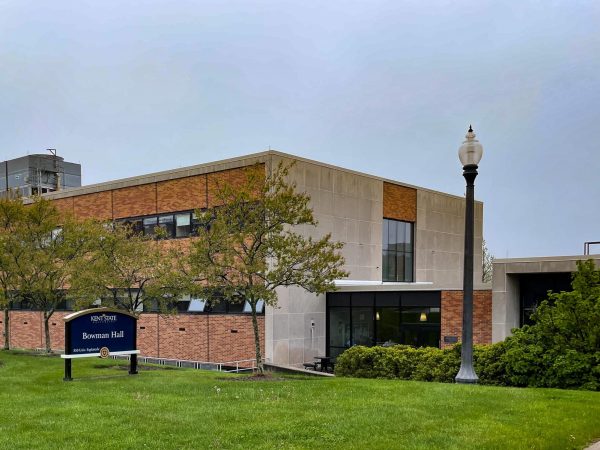T stands for Total Moron
July 8, 2009
He calls himself the Painter of LightT. Thomas Kinkade paints idealistic scenes of perfect cottages and gazebos surrounded by millions of flowers and greenery, and somehow the scenes are unrealistically exploding with light. When looking at his paintings the scenes are known to bring a sense of comfort to the viewer.
Let’s get a few things out of the way here first.
Art is totally subjective. Everyone’s entitled to his or her own interpretation of art – that’s the point of art, to provoke feeling and thought, right? And then there’s Thomas Kinkade. He provokes a feeling of comfort – the one feeling I never want to experience in art of any sort.
When I look at art, I want it to stretch my mind. I want it to make me feel emotions that I don’t in normal, everyday life. I want it to make me cry, become agitated, feel anxious or happy. I want it to make me question society. I want all of my senses to be more acute. I want to taste art. Or, as Salvador Dali puts it, “The painter is not someone inspired but one capable of inspiring others.” Above all, I want to be inspired.
Kinkade is inspired as all hell – mostly by himself. Well, OK, he’s all about God and stuff, but besides that, he’s more or less having an affair with himself and his brand (note the T). He seems to think he’s above most other artists, even (and especially) works of perfectly respectable artists such as Picasso and Pollock. Check it:
“In a culture of chaos, we need hope,” he said back in 2001. “On one side there’s Jackson Pollock, and way over on the other side there’s the Columbine shooting. And I know there’s a connection between them. I don’t know how, but I know it’s there.”
I’ll let that little quote speak for itself.
OK, so if Kinkade’s art is all about hope, then what the hell is this corporate structure he has behind his art? Don’t get me wrong. I understand the concept of branding. But Kinkade’s company even created an entire neighborhood of moderately sized houses based on his brand back in 2001 with a starting price of $425,000. It’s just gone too far. The guy even makes golf shirts that cost about $50 just for the Thomas Kinkade label on the arm. When does art branding take it too far?
Branding of art has been around since Albrecht Dürer, a northern Renaissance painter with his own recognizable signature. But I don’t think the guy sold his stuff in overpriced mass quantities on QVC.
And just to take my point further: Kinkade also has his own mass-market company called Media Arts Group where, in California, he has workers who literally produce his “art” via assembly line. Then he sells these completely unoriginal copies for hundreds of dollars. Maybe he’ll outsource his company to India soon and the “art” won’t even be made in America.
If Kinkade’s works are considered art by today’s standards, then we, as a society that pays for his brand, might as well kiss our individualism and creativity goodbye.
Kristina Deckert is a senior information design major and columnist for the Summer Kent Stater. Contact her at [email protected].








